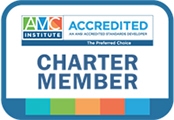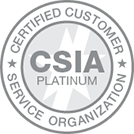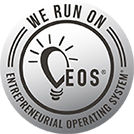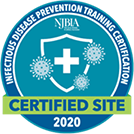AH meeting planner Tina Squillante took a standard classroom-style medical meeting and, by applying lessons she learned at PCMA Convening Leaders, blew it out of the water. This is how she did it.
It's not easy to change a meeting that's been done the same way for many years — much less a learning paradigm that's been in place since the 13th century. That's how long we've been putting learners in rooms, seated in rows and columns, with the expert at the front, bestowing knowledge said Lennie Scott-Webber, director of education environments at Steelcase Inc., during a breakout session at PCMA Convening Leaders 2013 in Orlando, Florida last January. We're so conditioned to expect the traditional kind of learning environment, Scott-Webber said, that it's hard to break the mold — even though research shows that we retain only 5 percent of information presented in that setting. In comparison, we retain approximately 85 percent of the information we encounter when we learn interactively.
As Scott-Webber shared research about adult learning and the impact of the meeting environment on education, Tina Squillante, CMP, sat in the audience, scribbling notes and making connections between what she was hearing and the programs that she plans as director of meetings, exhibits, and special events at Association Headquarters (AH), which is based outside Philadelphia, in Mt. Laurel, New Jersey. “More and more, studies about the way that people learn show that it's not just about being a passive learner,” Squillante said in a recent interview with Convene. “If learners learn more by interacting, rather than by just reading information, and [if they learn more] by having more engagement and conversation, either with a co-attendee or by being able to speak with the speaker more freely, then I want to give them that opportunity.”
Those two themes — how interactivity improves learning, and the impact that environment has on learning behavior — kept repeating themselves during Convening Leaders 2013. And as ideas accumulated, a vision for radically changing an upcoming meeting took shape in Squillante's mind.
At the time, the 2013 winter meeting of the American Society of Transplantation (AST), a long-time AH client whose members include transplant physicians, surgeons, and scientists, was almost exactly one month away. Over the years, Squillante had tried to change up the programming for the 325-attendee event, she said, by introducing “new ways of interacting and learning.” But still, it was “kind of a boring and dying meeting,” she said. “It needed an overhaul.”
“When I started listening to the sessions [at Convening Leaders],” Squillante said, “I pulled my meetings manager [Kristin Brammell Burke] over, along with my PSAV rep [Roy Golden].” Squillante pointed out that AST recently had changed the winter meeting's name to CEOT, for Cutting-Edge of Transplantation. “This just opened up the door for me to say, ‘We can do this differently — and we should,’” she recalled. “I said, ‘Okay, you guys, this is what I want to do. I drew them a picture. We are going to make this a cutting-edge meeting.’”
Read the full story on PCMA's website here.




